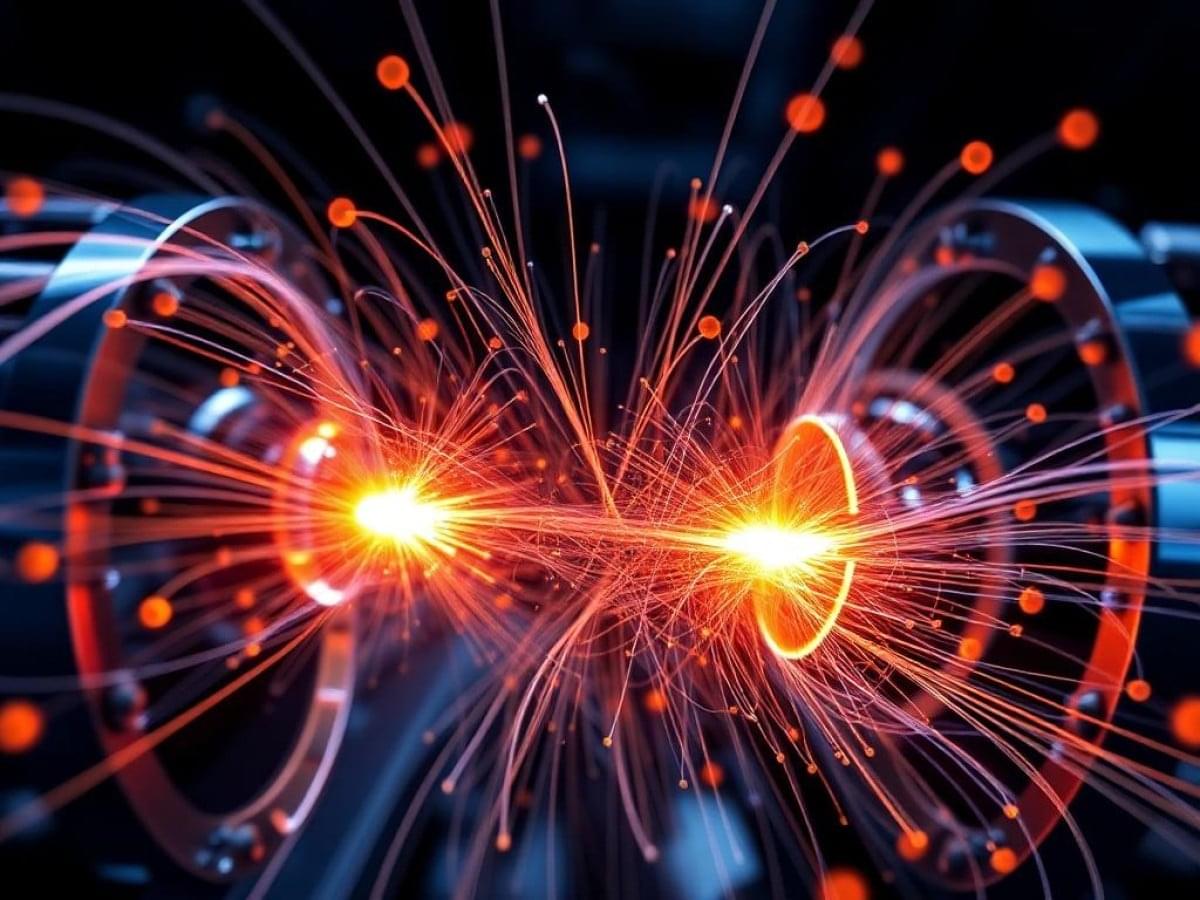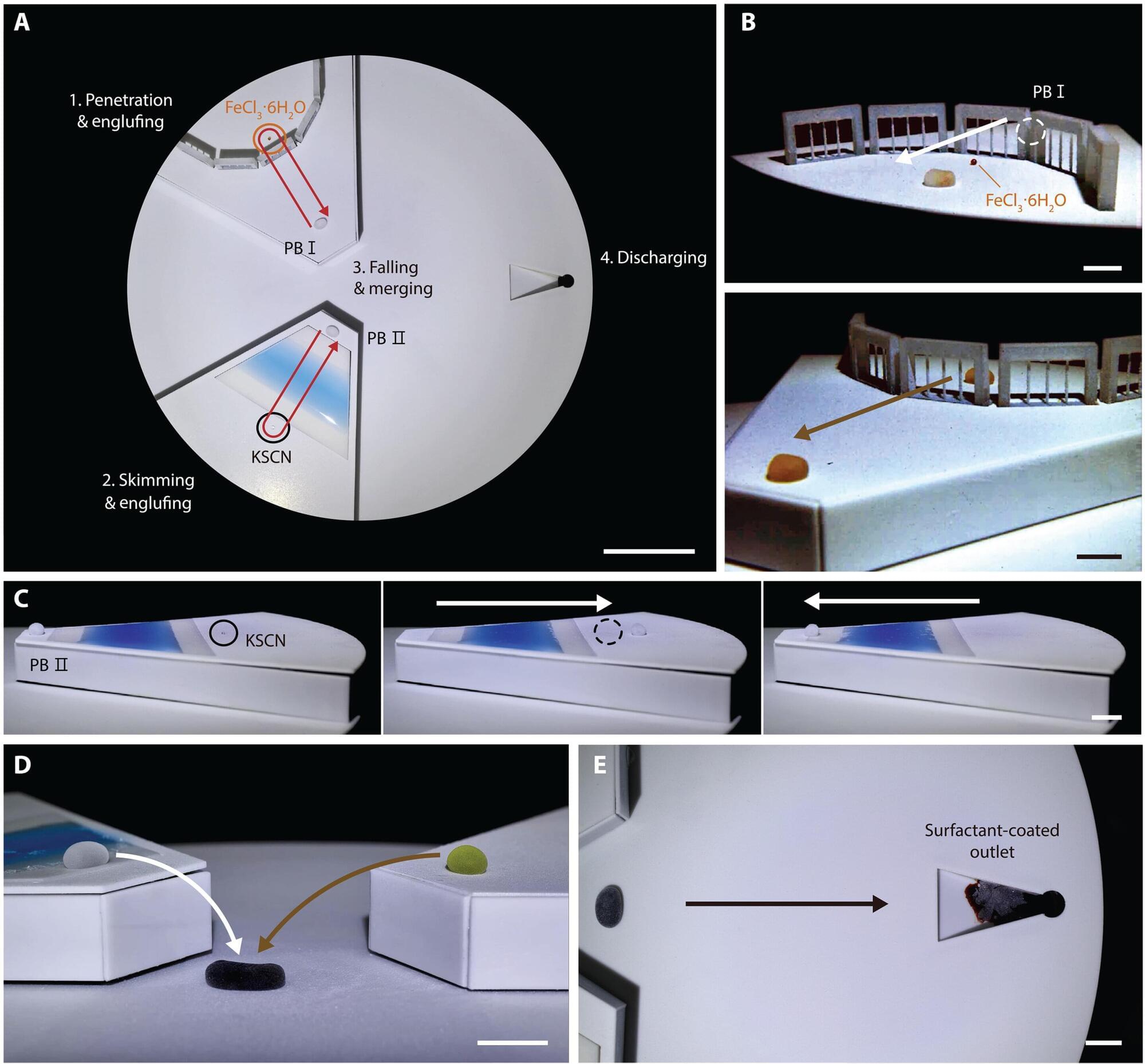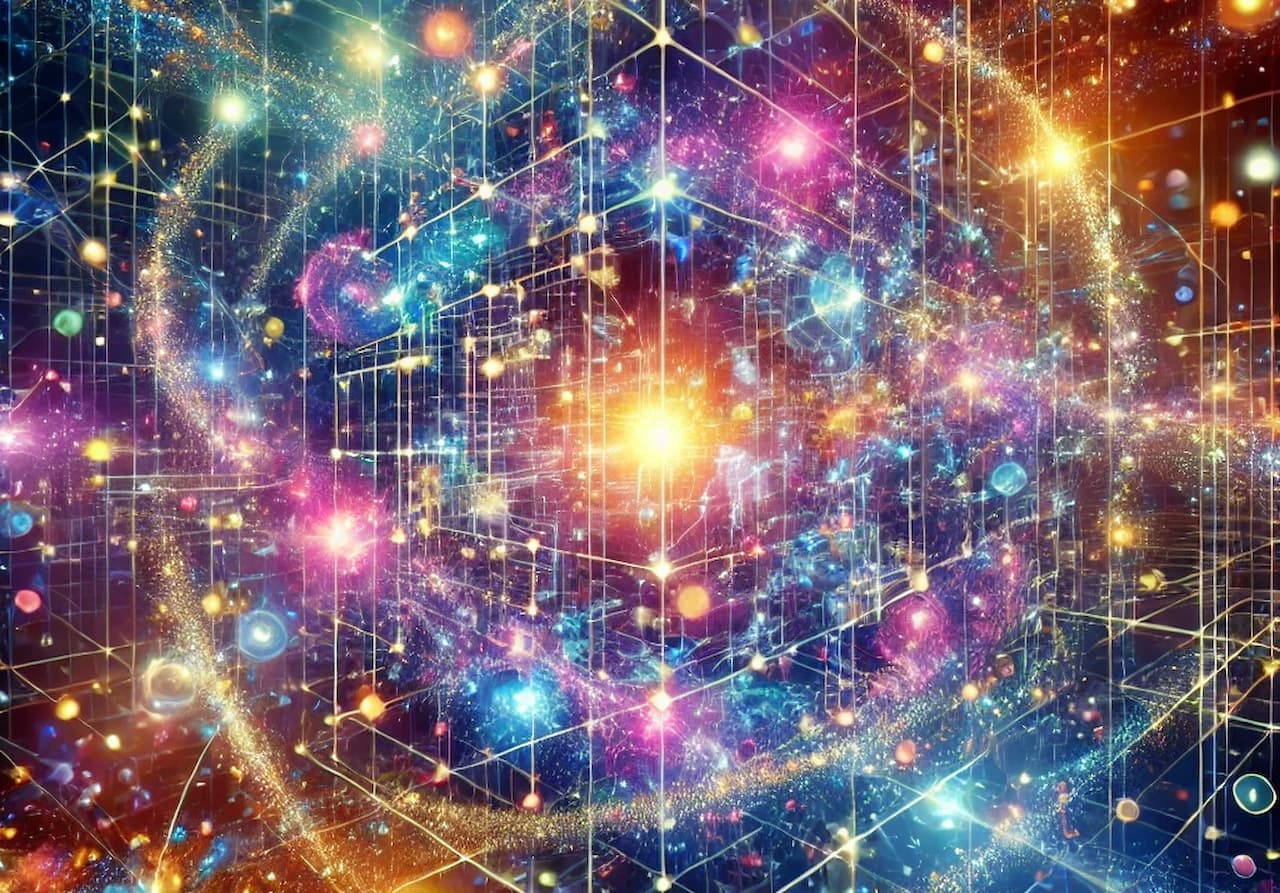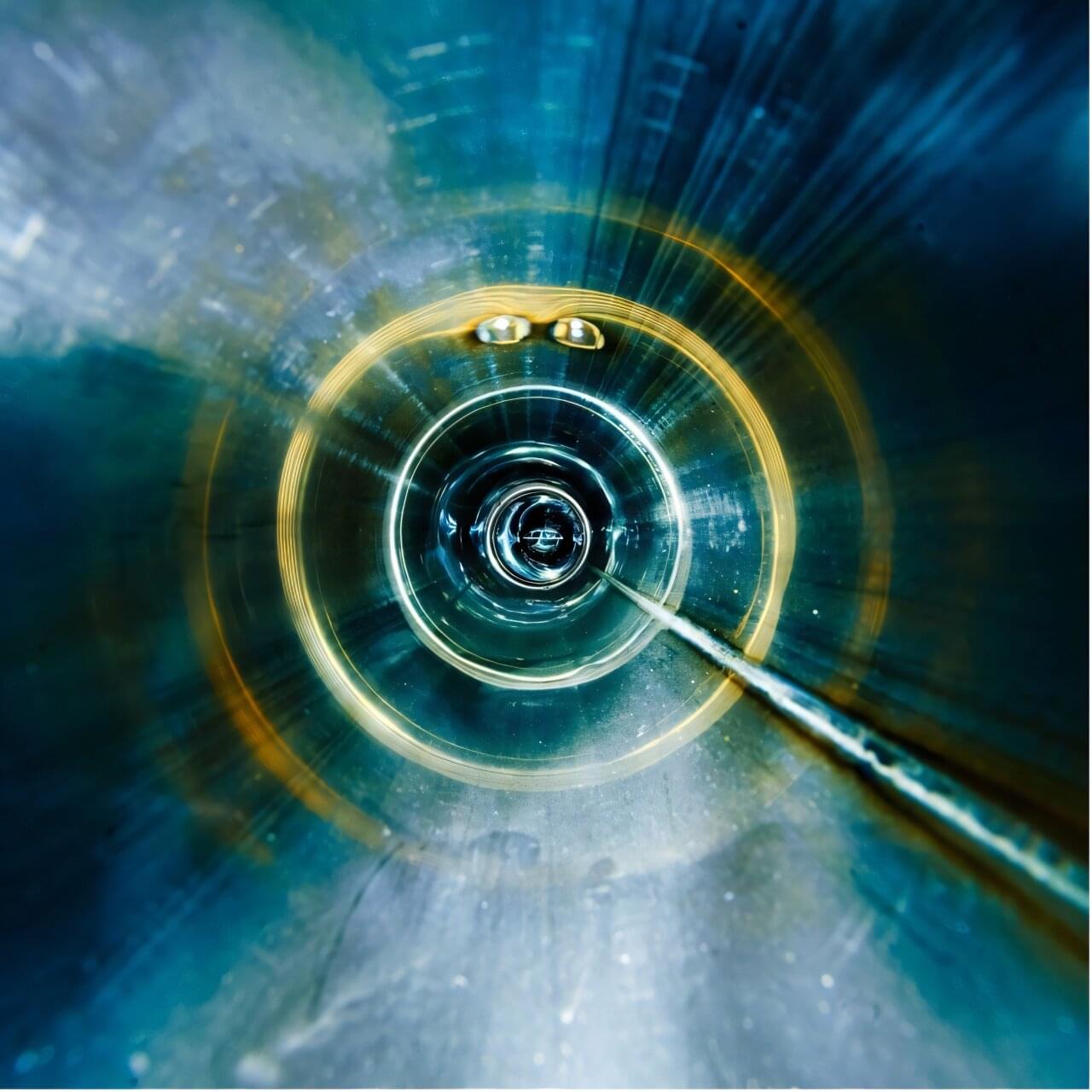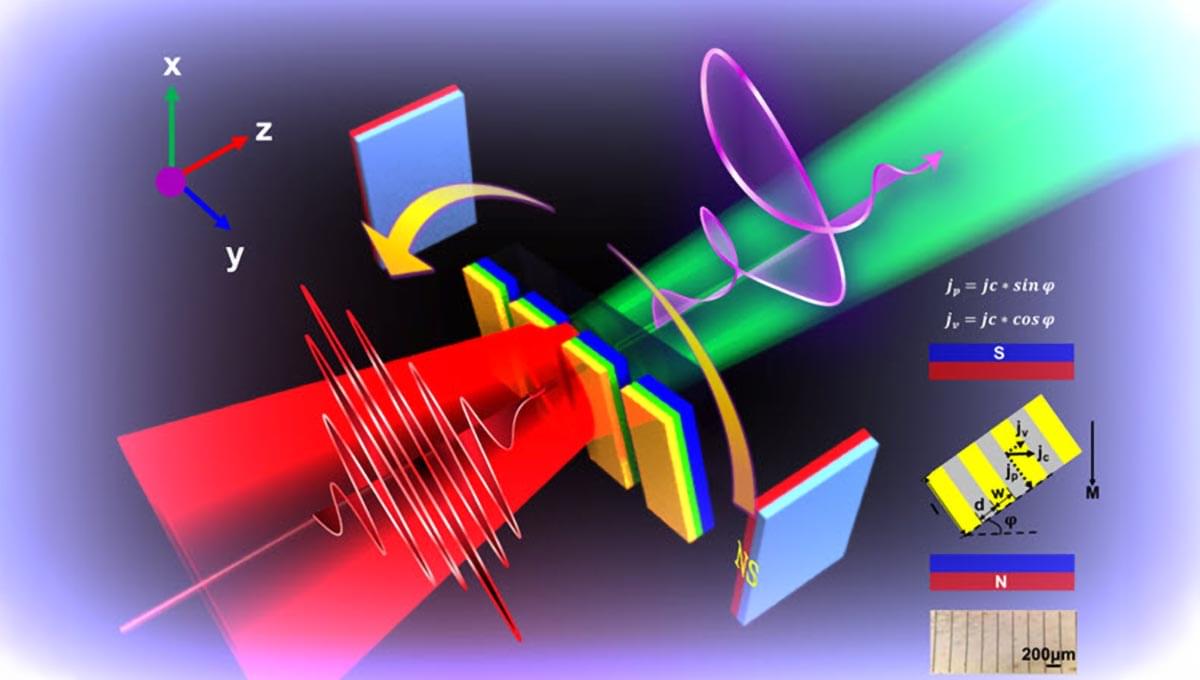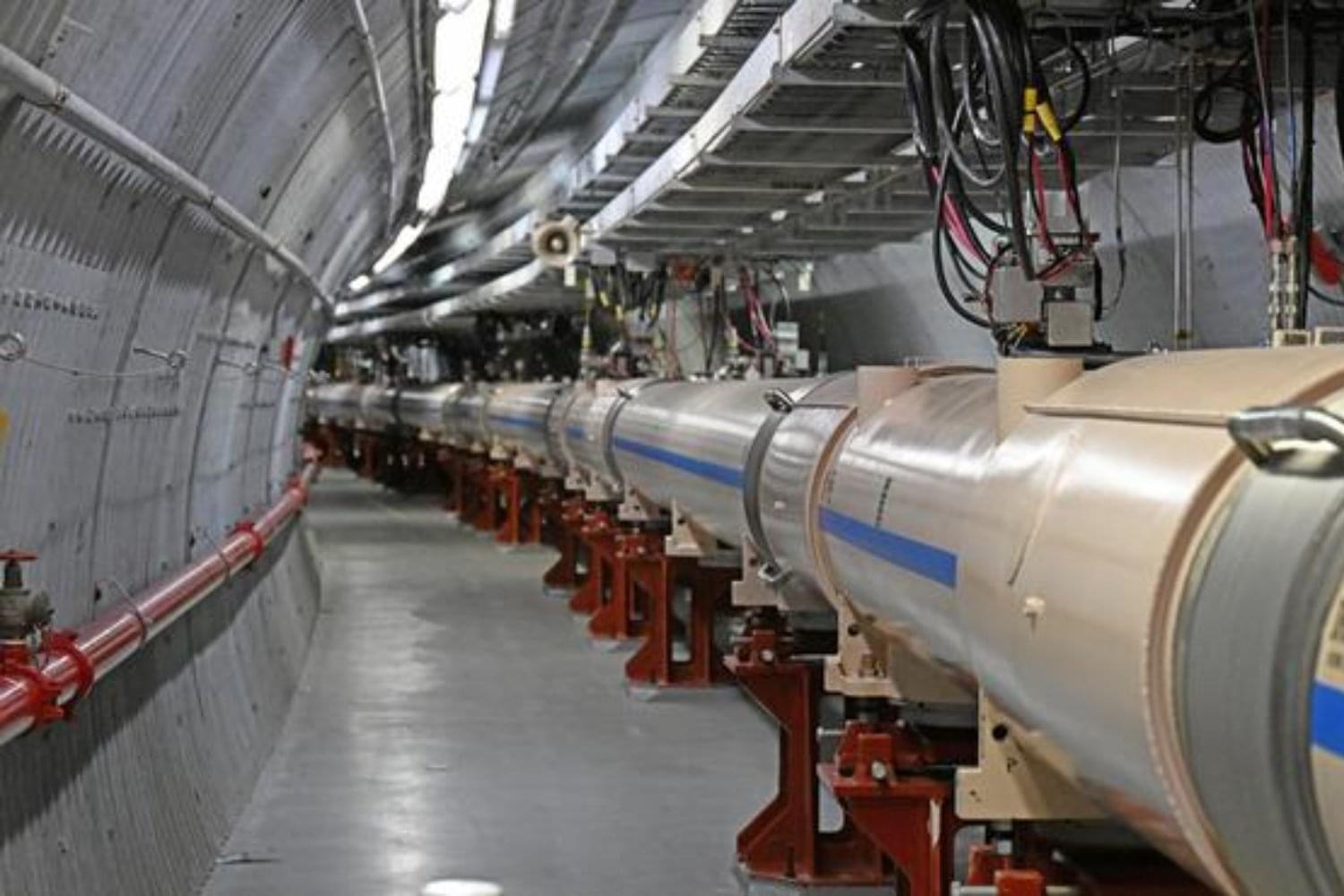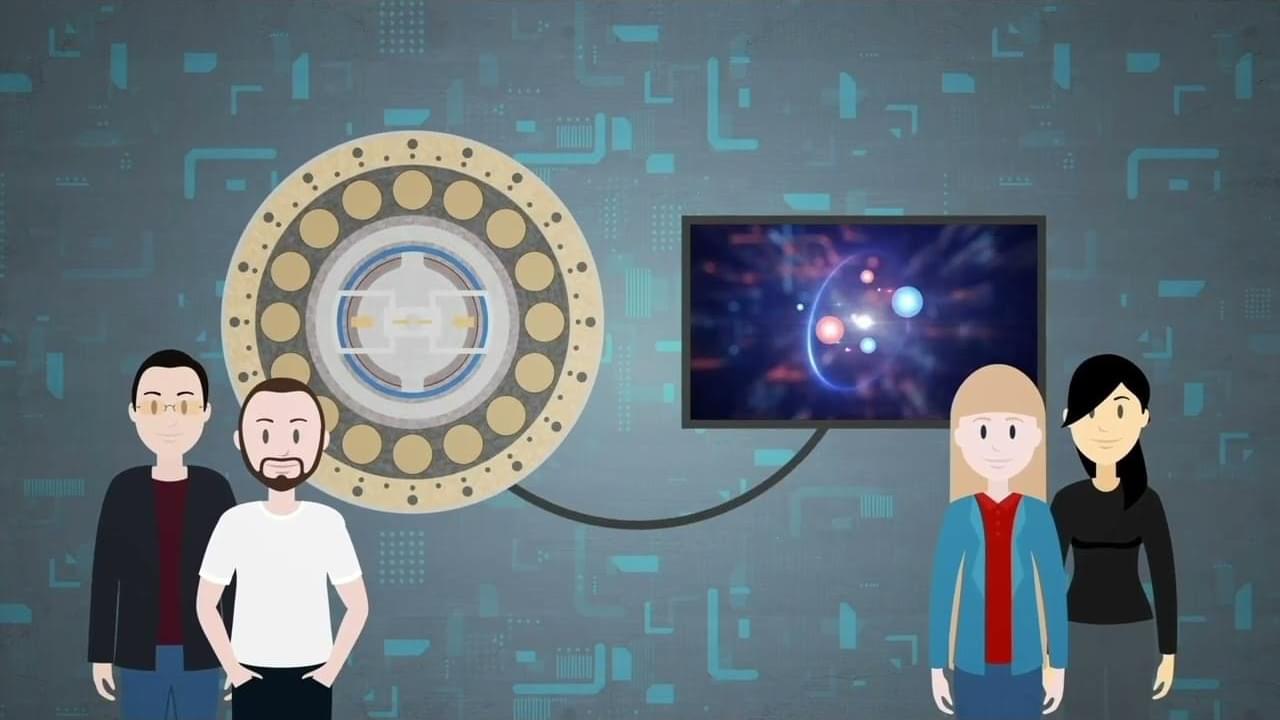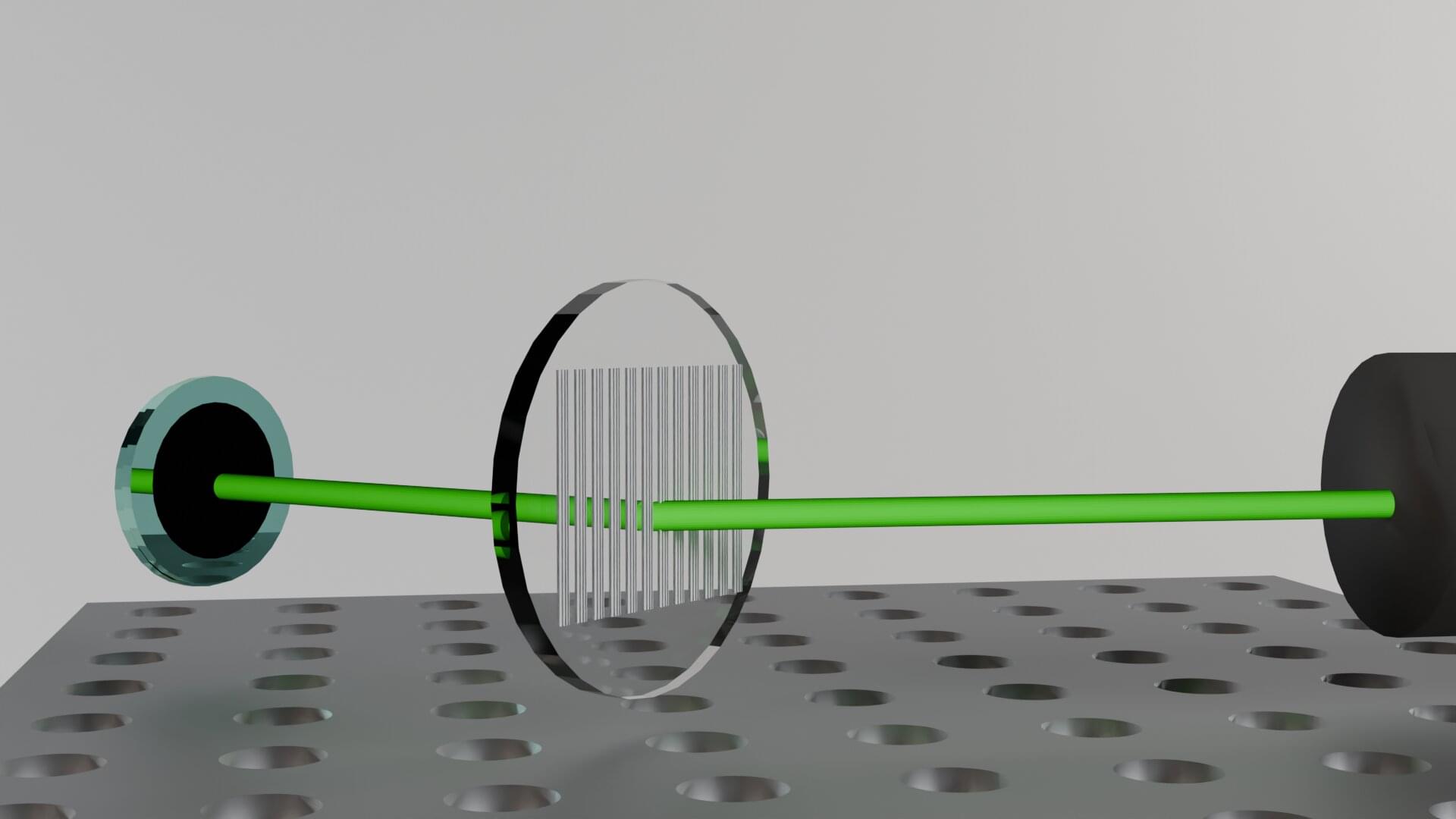
Conventional curved lenses, which direct light by refraction in glass or plastic, are often bulky and heavy, offering only limited control of light waves. Metasurfaces, in contrast, are flat and consist of an array of tiny structures known as meta-atoms. Meta-atoms influence light at a subwavelength scale and thus allow for highly precise control of the phase, amplitude, and polarization of light.
“Using metasurfaces, we can influence the temporal shift, intensity, and direction of oscillation of light waves in a targeted way,” says Dr. Maryna Leonidivna Meretska, Group Leader at KIT’s Institute of Nanotechnology.
“Thanks to its multiplex control capabilities, i.e., the simultaneous and targeted influencing of various parameters, a single metasurface can replace multiple optical components. Thus, the size of the optical system can be reduced without affecting its performance.”
